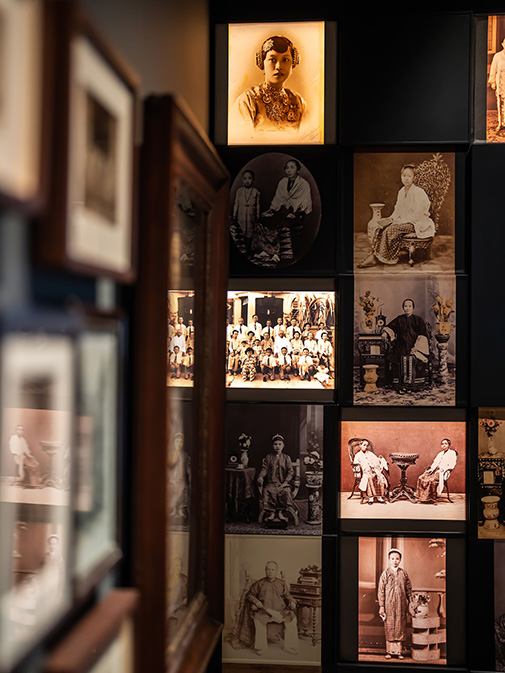Southeast Asia has long been a crossroads of the world, where trade has stimulated cultural exchange. Merchants and other travellers have connected the region to China, India, the Middle East, and Europe. Many of these people settled in Southeast Asia and intermarried into local communities, creating vibrant hybrid cultures which today are widely referred to as Peranakan.
WHAT'S IN A NAME?
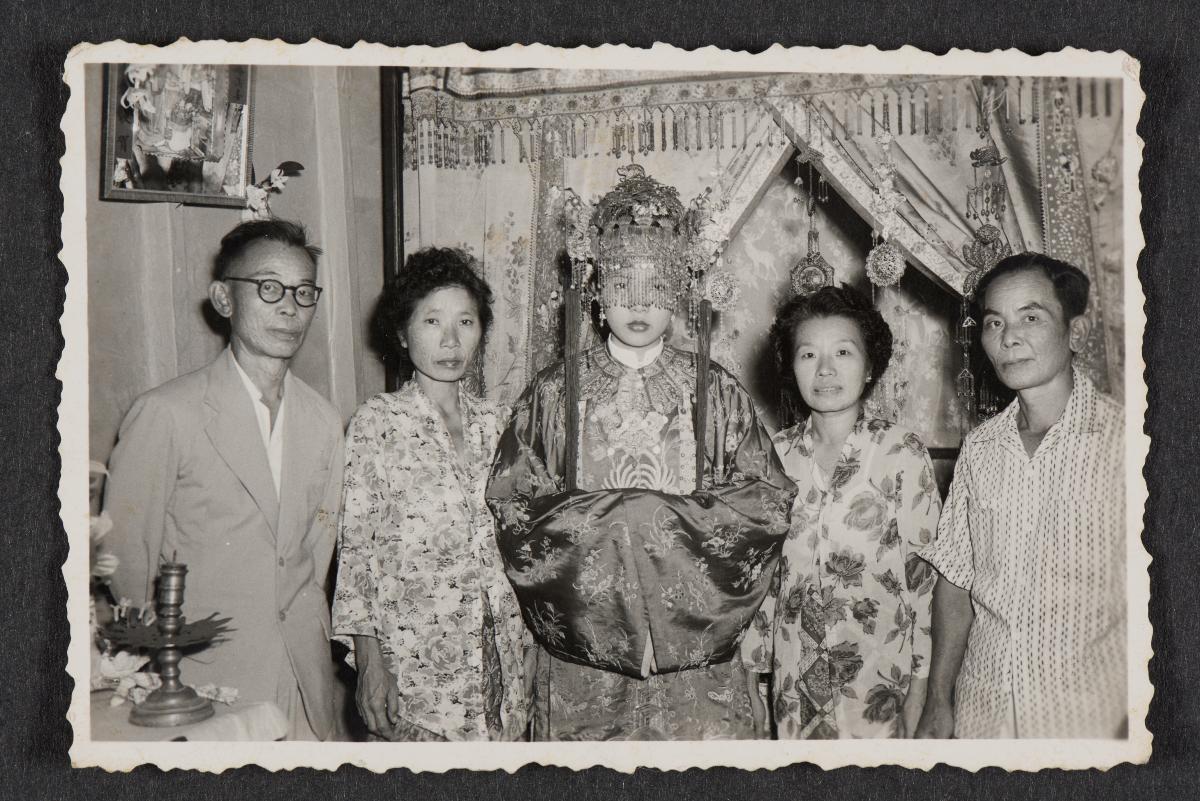
Peranakan has meant different things at different times. The basic term is Malay language, the lingua franca of maritime Southeast Asia since the 15th century. With the root word anak (child), peranakan is an adjective meaning “born of”, and can also be applied to place, ethnicity, or other factors. For example, one could be Peranakan Singapura, meaning “Singapore-born”. The term peranakan suggests someone who is locally born but has heritage from somewhere else — a mixture of cultures.
Today, peranakan has taken on the status of cultural identity and refers to a range of mixed heritage communities. Their unifying trait is the melding of ancestral cultures — Chinese, Indian, Arab, European, and others — with the indigenous cultures of the Malay-Indonesian archipelago. Many names exist to refer to a dizzying array of cross-cultural combinations, including Chinese Peranakans, Chetti Melakans or Peranakan Indians, as well as Jawi and Arab Peranakans.
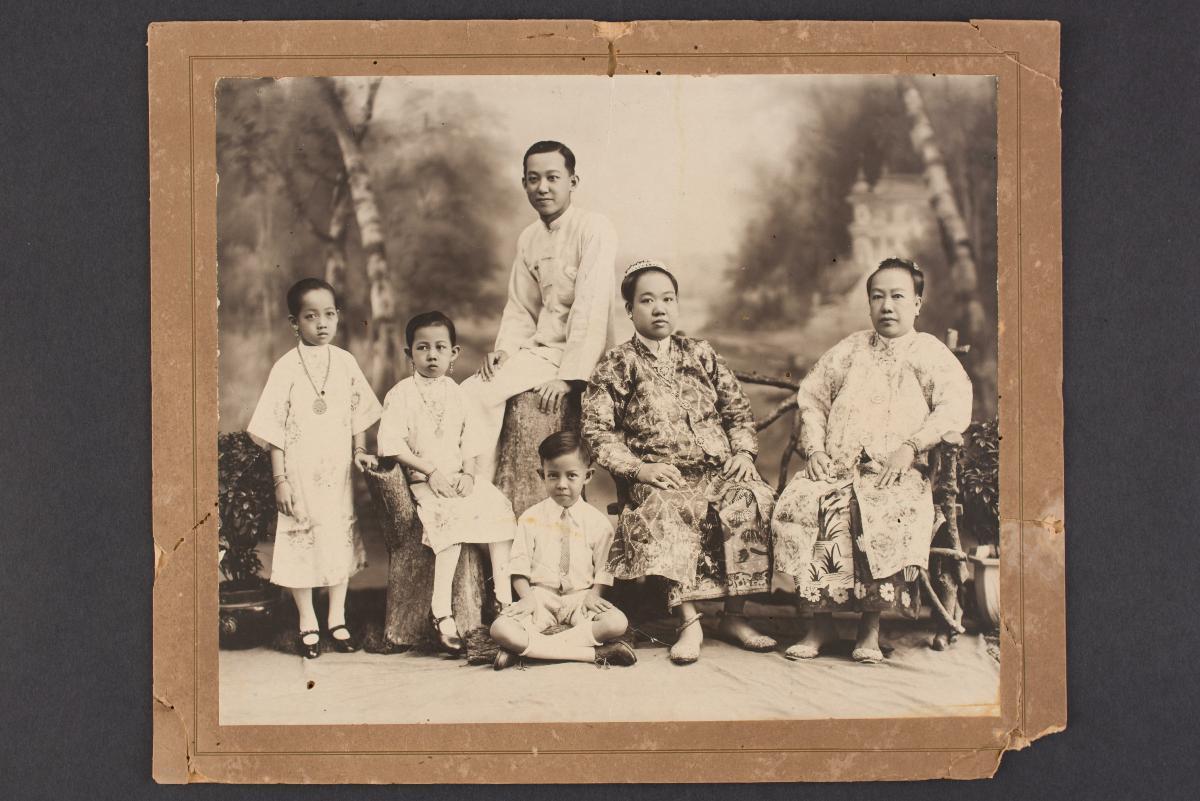
Studio portrait of a Peranakan family.Gift of Mr and Mrs Lee Kip Lee
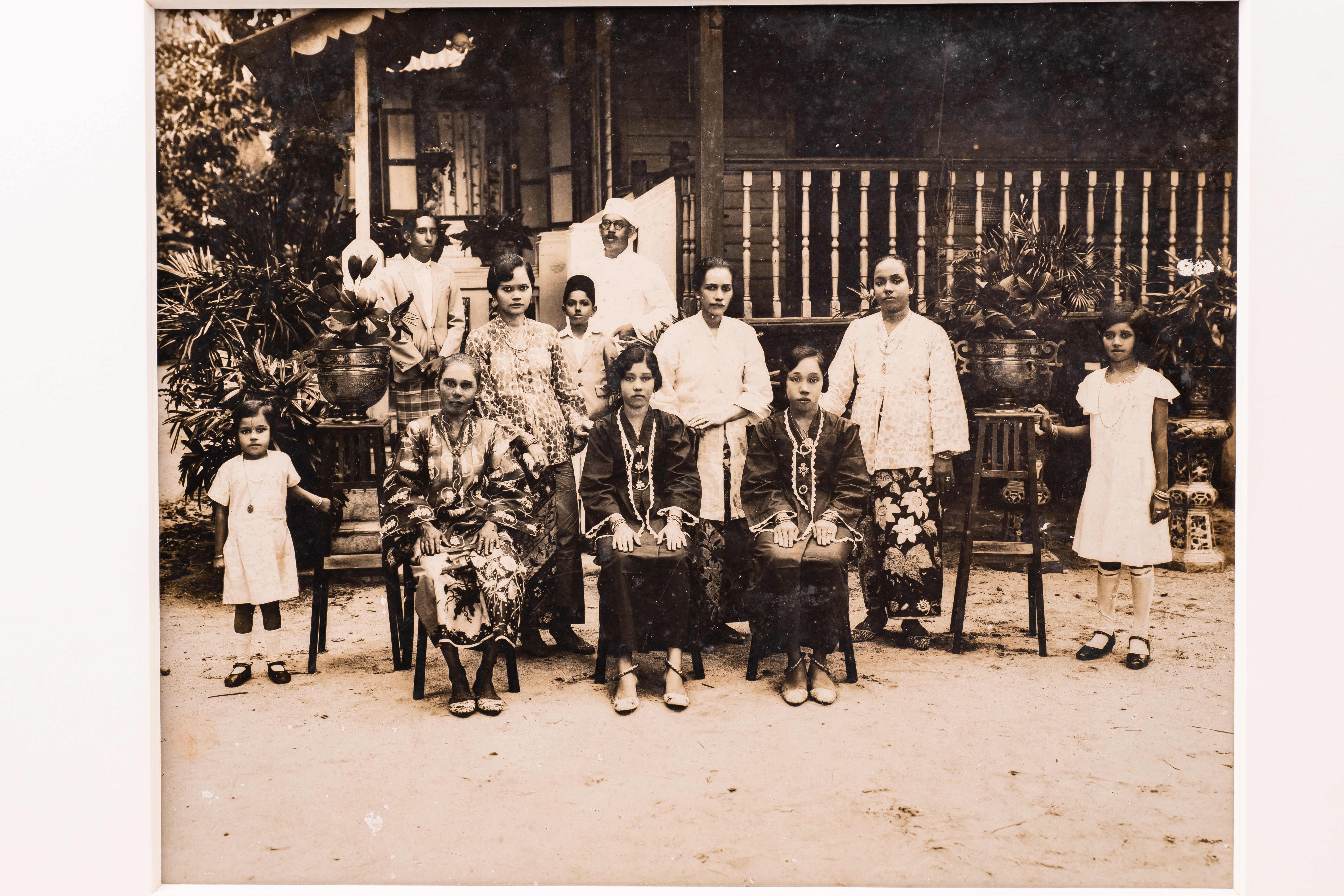
Jawi Peranakan family at their home in Telok Kurau.
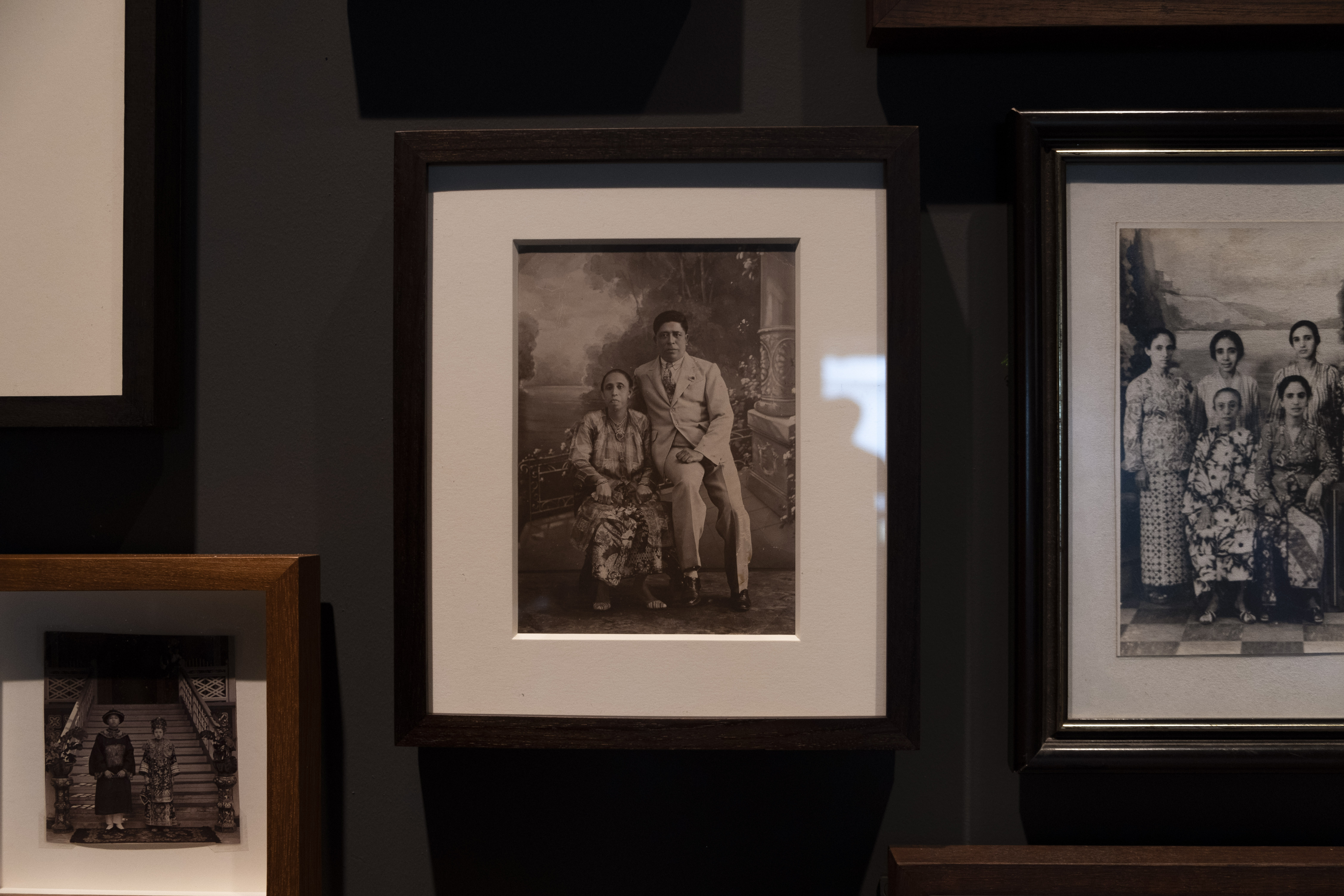
Studio photograph of Arumugam Supramaniam Chitty and Sivagamee
WHERE DO PERANAKANS CALL HOME?
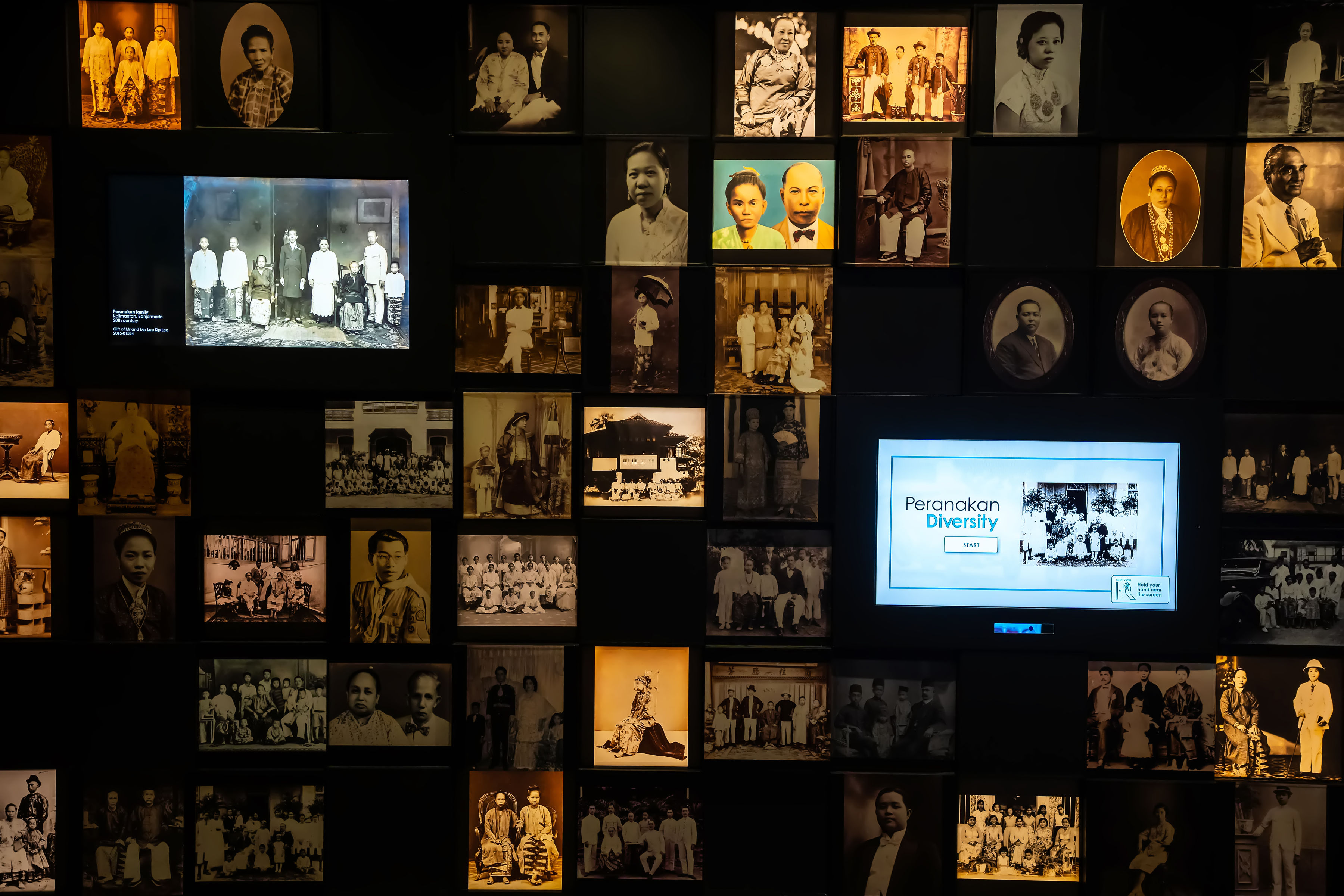
Today, there are Peranakan Chinese communities in Australia, while established communities exist in Bangkok, Phuket, and Yangon. But the traditional heartland of the Peranakans encompasses present-day Singapore, Malaysia, Brunei, and Indonesia, collectively known as the Malay-Indonesian world. An important centre of trade since antiquity, this vast archipelago was already a cosmopolitan meeting point of cultural influences long before the establishment of Peranakan communities.
NECESSITY BREEDS NEW LANGUAGES
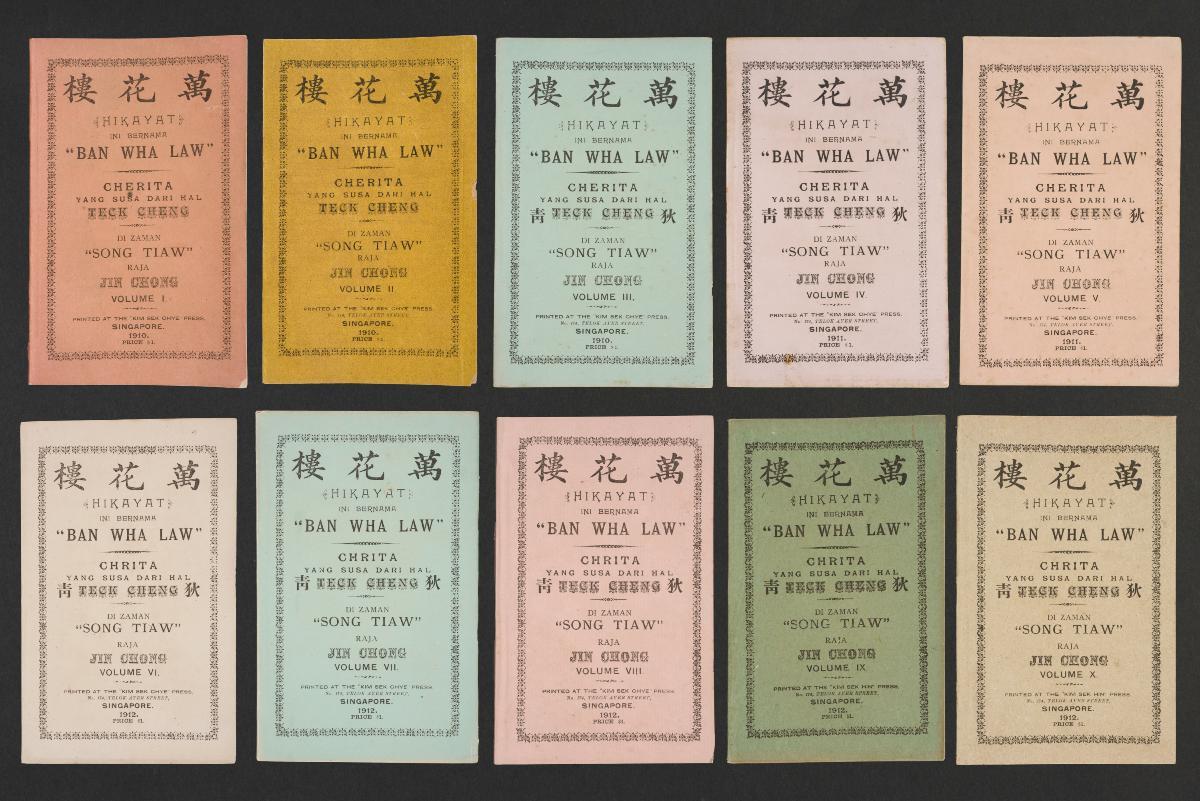
Chrita dulu kala, or 'stories from ancient times', were popular books among the Chinese Peranakan community. They were translations of well-known Chinese classics and fables into Baba Malay, a creole spoken by Peranakans. Gift of Robert Chew
“Contact” languages develop in situations — ports and trading posts, for instance — where different peoples need to communicate with each other. They retain features of local vernaculars and other languages brought by traders, settlers, missionaries, and others.
A primary thread running through the cultural fabric of Peranakan communities is their adoption and adaptation of Malay. Different degrees of integration have resulted in an array of Peranakan languages.
Forged from Hokkien and Malay, Baba Malay is the Peranakan language most common in Singapore. Simply referred to as “Peranakan” by its Chinese Peranakan speakers, there are Malaccan and Singapore varieties. In Penang, the Baba-Nyonyas speak a variant of Hokkien, called Penang Hokkien. From the Chitty Melaka community comes Malay Chitty Creole, which mixes in Tamil. Other varieties exist, particularly in areas where local languages, such as Javanese are dominant. Once widely used, they are now vulnerable in today’s globalised world as English takes precedence.



